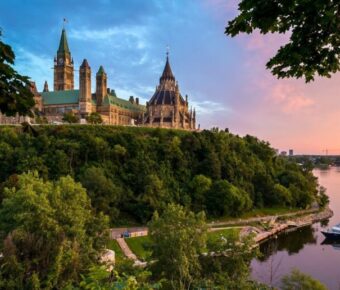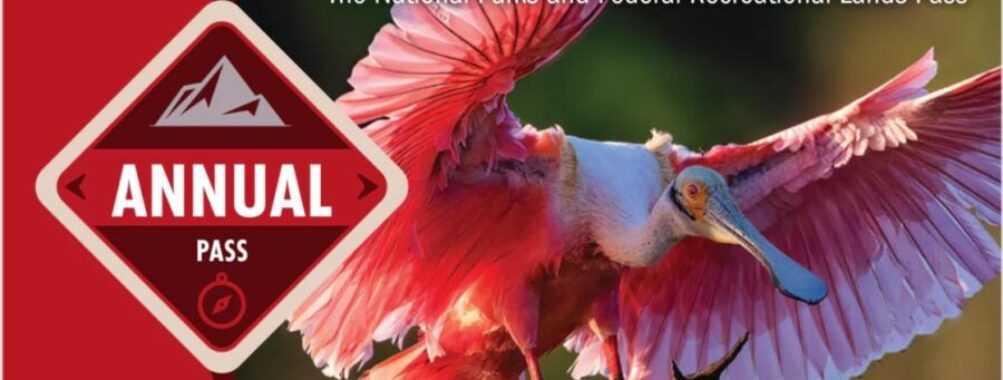
Your $80 ticket to America’s greatest road trip adventure
The America the Beautiful Annual Pass unlocks 2,000+ federal recreation sites for just $80, paying for itself after visiting three major national parks— making it the best travel deal in America for 2025. With individual park entrance fees now reaching $35 for a 7-day vehicle pass, a well-planned week-long road trip can save families $95 or more while accessing world-class natural wonders from the red rocks of Utah to the glaciers of the Pacific Northwest.
However, the 2025 season brings new challenges: expanded timed entry requirements at popular parks, significant staff reductions affecting visitor services, and increased competition for reservations that require strategic planning months in advance.
Five iconic road trip circuits have emerged as the most rewarding ways to maximize your annual pass value, each offering distinct landscapes and experiences within a manageable 7-day timeframe. Understanding the practical realities of modern park travel—from navigating the Recreation.gov reservation system to finding affordable lodging in gateway towns—transforms an overwhelming planning process into an achievable adventure that can cost as little as $885 per couple for a week of unforgettable experiences.
Contents
- The pass that opens 2,000 doors for the price of three
- Five epic circuits designed for seven perfect days
- Utah’s Mighty 5 delivers maximum parks per mile
- California’s diverse ecosystems span desert to alpine
- Pacific Northwest’s glacier-carved wonderland
- Hidden gems multiply your pass value
- Navigate the new reservation reality like a pro
- Smart lodging strategies stretch every dollar
- Real budgets for real trips prove the value
- Create shareable content without being that tourist
- Critical 2025 updates reshape the visitor experience
- Conclusion
- More Travel Guides
The pass that opens 2,000 doors for the price of three
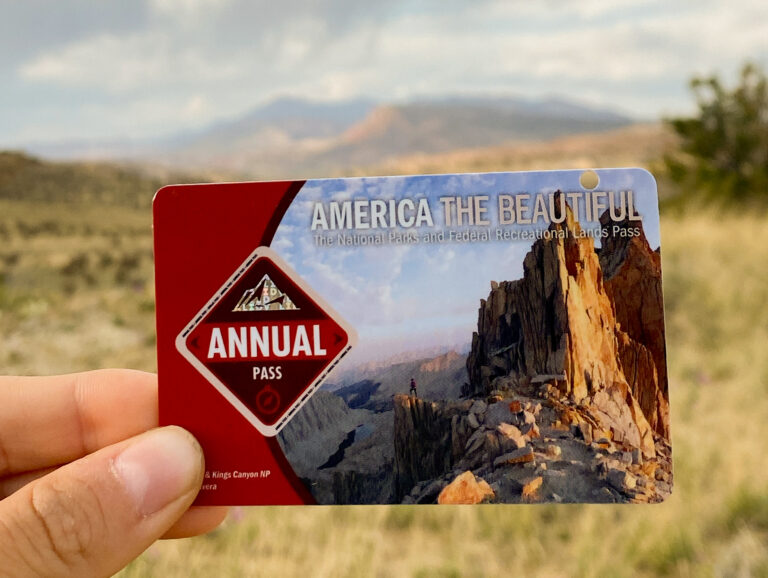
At $80, the standard Annual Pass covers entrance to every fee-charging National Park, National Monument, National Wildlife Refuge, and federal recreation site managed by six agencies including the National Park Service, U.S. Forest Service, and Bureau of Land Management. The pass admits all passengers in a single non-commercial vehicle or up to four adults at per-person sites, with children under 16 always entering free. Special pricing offers even better value for specific groups: seniors pay just $20 annually or $80 for a lifetime pass, while active military and veterans receive free passes with only a $10 online processing fee.
What many visitors don’t realize is the extensive reach beyond famous parks—the pass covers standard amenity fees at thousands of lesser-known federal sites perfect for escaping crowds. However, it explicitly excludes camping fees, boat launches, backcountry permits, special tours, and timed entry reservation fees that have become increasingly common. State parks require separate passes, and popular activities like shuttles in Zion or ranger-led programs may carry additional charges. The single-signature policy implemented in 2024 means each pass can only be signed by one person, preventing the previous practice of sharing between families.
For 2025, no digital pass option exists despite widespread demand. Physical cards must be presented with photo ID at every entrance, and photos or receipts won’t suffice. The best strategy remains purchasing your pass at the first park you visit to avoid shipping delays and immediately begin accumulating value—entrance receipts from the same agency can be upgraded to annual passes by paying the difference.
Five epic circuits designed for seven perfect days
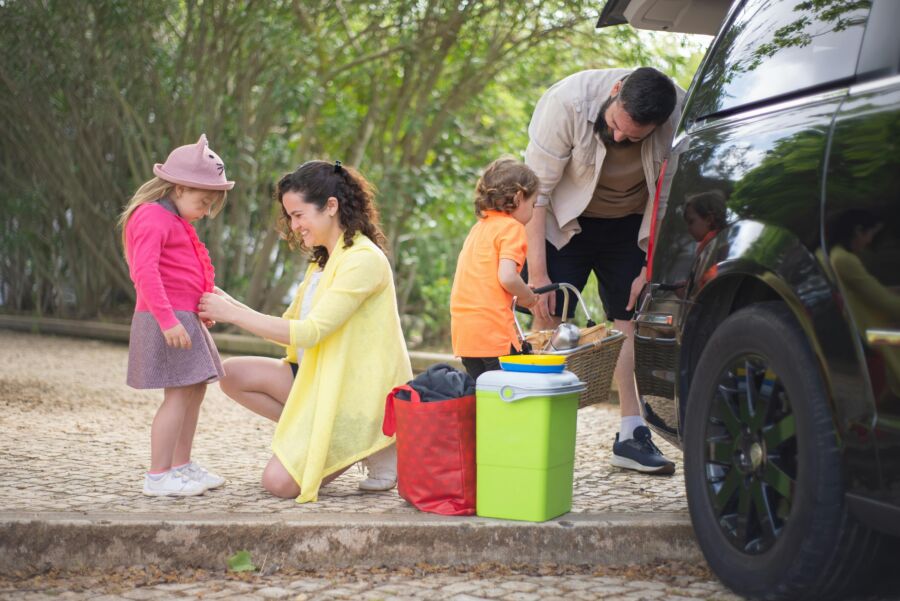
Utah’s Mighty 5 delivers maximum parks per mile
The Southwest’s red rock showcase connects five national parks within 900 miles, making it the most park-dense circuit in America. Starting from Las Vegas, the route hits Zion (2.5 hours), Bryce Canyon (2 hours), Capitol Reef (2 hours), then Moab for both Arches and Canyonlands (30 minutes apart) before returning to Vegas. Without the annual pass, entrance fees alone would cost $175 versus $80 with the pass—a $95 savings.
Optimal timing runs from mid-May through October, with late September to early November offering ideal weather and manageable crowds. Book Springdale accommodations for Zion and Moab hotels for Arches/Canyonlands six months ahead during peak season. The circuit’s compact nature allows flexibility—spend two nights in Springdale to hike Angels Landing or the Narrows, then move through Bryce and Capitol Reef more quickly to save multiple days for Moab’s dual parks.
California’s diverse ecosystems span desert to alpine
Covering 1,720 miles, the California circuit showcases the state’s incredible ecological diversity from Joshua Tree’s alien landscapes to Yosemite’s granite cathedrals. The strategic route begins in Los Angeles, ventures through the Mojave Desert to Death Valley, climbs into the Sierra Nevada for Sequoia and Kings Canyon, then culminates at Yosemite before reaching San Francisco. Best executed May through October for mountain access, though desert parks shine December through April.
This ambitious circuit requires careful seasonal planning—Death Valley becomes dangerous in summer with temperatures exceeding 120°F, while Yosemite’s high country remains snow-covered until June. Consider splitting the circuit seasonally or focusing on either desert or mountain parks for a more relaxed pace. Gateway towns like Mammoth Lakes and Mariposa offer year-round services, while in-park lodging at Furnace Creek provides unique desert immersion.
Pacific Northwest’s glacier-carved wonderland
The Northwest circuit connects 1,200 miles of temperate rainforest, volcanic peaks, and pristine lakes—but only from June through September when mountain passes clear. Beginning in Seattle, the route encompasses Olympic’s three distinct ecosystems, Mount Rainier’s wildflower meadows, North Cascades’ jagged peaks, and Crater Lake’s sapphire caldera. This circuit offers the most dramatic elevation changes and weather variability, requiring flexibility and proper gear.
Limited operating seasons concentrate visitors into peak summer months, making advance reservations essential. Port Angeles serves as the Olympic Peninsula hub, while Winthrop’s Western-themed charm makes an ideal North Cascades base. The long drive to Crater Lake often surprises first-timers—budget a full day for the transition and consider an overnight in Bend, Oregon.
Hidden gems multiply your pass value
While famous parks draw millions, the annual pass unlocks equally stunning but less crowded alternatives. North Cascades sees only 40,000 annual visitors despite rivaling the Alps in scenic grandeur, while Great Basin National Park in Nevada offers ancient bristlecone pines and pristine dark skies with minimal crowds. Colorado National Monument provides a spectacular warm-up between Denver and Utah parks, and White Sands National Park’s gypsum dunes create otherworldly photography opportunities.
These lesser-known sites often lack timed entry requirements and offer more spontaneous experiences. They also typically feature lower lodging costs in gateway communities and better availability for last-minute trips. Including 2-3 hidden gems in any circuit adds variety while avoiding the reservation stress of headline parks.
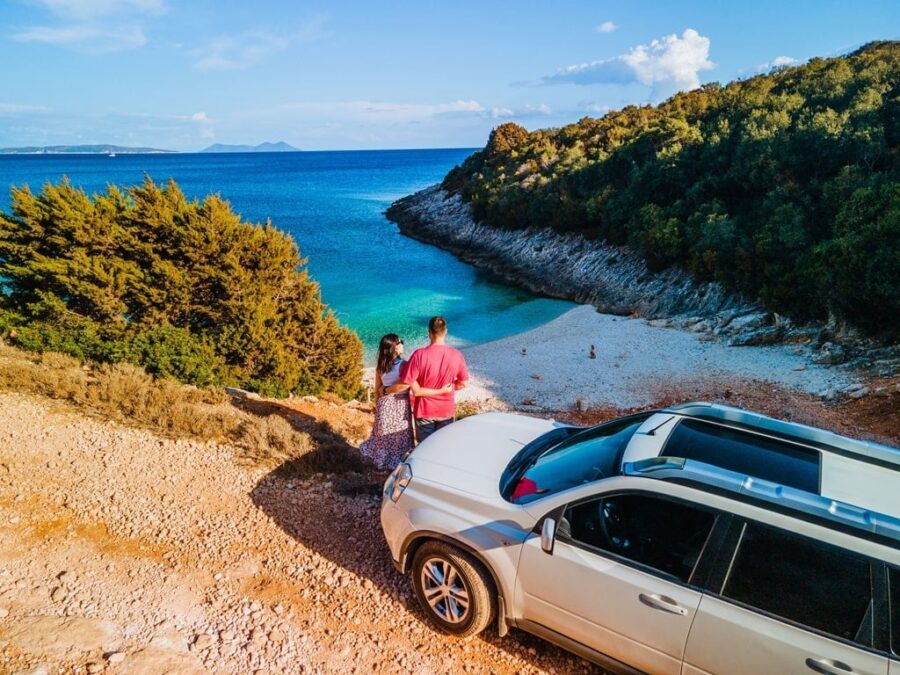
The 2025 season dramatically expands timed entry requirements across major parks, fundamentally changing how visitors plan trips. Rocky Mountain, Arches, Glacier, Yosemite, and Mount Rainier all require advance reservations during peak seasons, with booking windows opening at specific times on Recreation.gov. These $2 reservation fees apply separately from entrance fees, and slots disappear within minutes for popular dates.
Success requires military precision: create your Recreation.gov account weeks ahead, synchronize your computer clock to atomic time, and log in 10 minutes before the release time with payment information ready. For Rocky Mountain’s May 23-October 20 season, reservations open 90 days in advance by month. Glacier’s complicated system includes separate reservations for Going-to-the-Sun Road’s west entrance and North Fork area from June 13-September 28. Have multiple backup dates ready, as your first choice will likely sell out instantly.
Beyond entrance reservations, popular experiences require additional planning. Zion’s Angels Landing permits use a lottery system, while Half Dome cables in Yosemite book months ahead. Campground reservations follow similar patterns—Yellowstone’s sites open 13 months in advance on the 5th of each month at midnight. The controversial staff reductions in 2025 mean fewer rangers to assist with problems, making self-sufficiency and backup plans essential.
Smart lodging strategies stretch every dollar

Gateway towns offer the best balance of convenience and affordability, typically providing more amenities than in-park options at half the cost. Springdale outside Zion and Moab near Arches rank as premier gateway towns, offering everything from budget motels ($70-150/night) to vacation rentals with kitchens for meal prep. Book these 3-8 months ahead for summer travel, with March representing the deadline for peak season availability.
In-park lodging delivers unmatched convenience and atmosphere but requires booking the moment reservations open—usually 13 months in advance. Standard rooms now average $290-400 nightly, with iconic properties like the Grand Canyon’s El Tovar or Yellowstone’s Old Faithful Inn commanding premium prices. Consider shoulder seasons for better availability and 30% lower rates, though some facilities close entirely in winter.
Camping remains the budget champion at $15-30 per night for basic sites, though popular campgrounds book as competitively as hotels. The strategy of mixed accommodations—camping four nights and hotels three nights—balances cost and comfort while providing weather flexibility. Private campgrounds near parks often have availability when park campgrounds sell out, though they typically cost double.
Real budgets for real trips prove the value

Three detailed budget scenarios demonstrate how the annual pass fits different travel styles while consistently delivering savings:
Budget camping adventure ($885-1,060 total for two people): Emphasizes dispersed camping and campground cooking with grocery shopping in major towns before reaching expensive gateway communities. The $80 pass represents less than 10% of total costs while saving $95 on park entrances. Gas costs vary by starting location but average $30-40 daily for the vehicle. Strategic meal planning and a good cooler reduce food costs to $25-30 per person daily.
Balanced comfort approach ($1,480-1,970 total): Mixes camping with strategic hotel nights for shower access and weather protection. Restaurant meals every other day provide social experiences while controlling costs. The annual pass savings of $60-95 effectively cover an extra hotel night or several restaurant meals. This sweet spot satisfies most travelers without breaking budgets.
Full comfort experience ($2,810-4,700 total): Prioritizes in-park lodges and gateway hotels with full restaurant dining. While the percentage savings from the annual pass decrease at higher budget levels, the absolute dollar savings still justify the purchase after three parks. Premium experiences like guided tours and equipment rentals enhance the experience for those prioritizing convenience over cost.

The best photography happens outside peak visitation hours when parking spots abound and viewpoints clear. Arrive one hour before sunrise to claim prime positions at locations like Glacier Point in Yosemite or Mesa Arch in Canyonlands—these iconic shots require dedication but deliver portfolio-worthy results. Evening blue hour, 30 minutes after sunset, creates dramatic silhouettes and color gradients that elevate landscape photography beyond typical daylight shots.
Lesser-photographed locations often yield more unique content while avoiding crowds. Kolob Canyons section of Zion sees fraction of main canyon visitors, while Bowman Lake in Glacier requires a longer drive but rewards with pristine reflections minus the crowds. Research photography forums and topographic maps to identify viewpoints beyond the first parking lot—most visitors stop at easily accessible spots, leaving better angles to those willing to walk.
Modern social content thrives on storytelling beyond single images. Document the journey including gas station stops in quirky desert towns, camp cooking successes and failures, and wildlife encounters from safe distances. Use apps like PhotoPills to plan precise sunset alignments or moon rises over landmarks. Pack lens cloths for dusty conditions and extra batteries for cold mountain mornings. Remember commercial photography requires permits, but personal use faces no restrictions beyond staying on designated trails.
Critical 2025 updates reshape the visitor experience
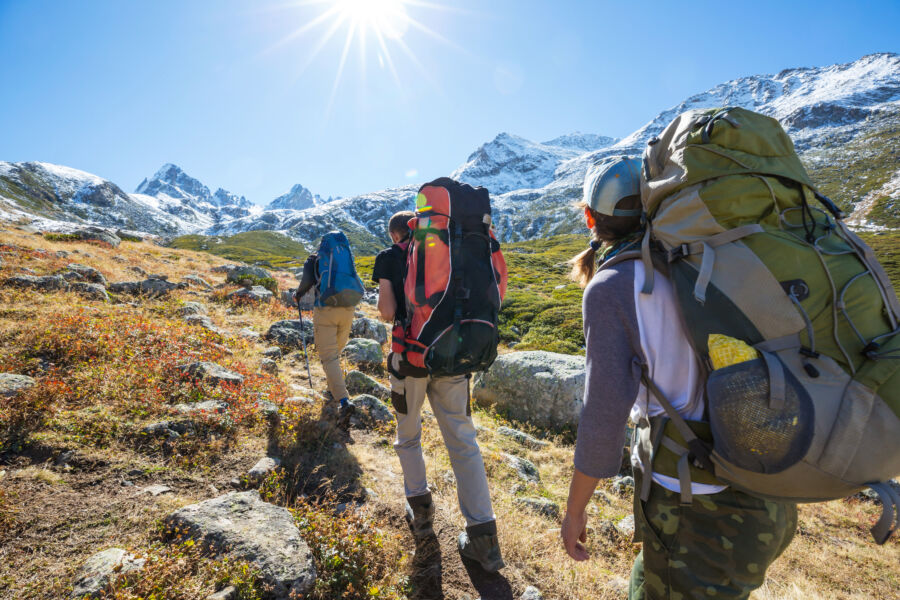
The most significant change for 2025 involves drastic staffing cuts across federal agencies, with over 1,000 National Park Service employees terminated in January. Visitor services face severe reductions including shortened visitor center hours, eliminated ranger programs, and decreased search and rescue capabilities. This makes self-sufficiency crucial—download offline maps, carry comprehensive first aid supplies, and research conditions thoroughly before departing.
Infrastructure projects funded by the Great American Outdoors Act continue improving facilities but create temporary disruptions. Glacier’s Swiftcurrent area in Many Glacier Valley remains closed through May 2026 for water system replacement, requiring shuttle reservations for valley access July through September. Blue Ridge Parkway construction creates 10-mile detours around Roanoke, while multiple campgrounds face unexpected closures due to maintenance backlogs.
Despite technological advances, no digital annual pass option exists for 2025, frustrating tech-savvy travelers accustomed to mobile everything. Individual parks experiment with digital day passes through Recreation.gov, but the annual pass remains stubbornly physical. The NPS mobile app gains CarPlay integration for audio tours and offline functionality improvements, partially offsetting the lack of digital passes. QR codes proliferate at exhibits and trailheads, linking to interpretive content that would previously require ranger interaction.
Conclusion
The America the Beautiful Annual Pass transforms expensive individual park visits into an affordable exploration of America’s finest landscapes, consistently saving 20-54% on entrance fees while encouraging deeper exploration beyond famous destinations. Strategic planning around the 2025 challenges—from timed entry reservations to reduced staffing—positions prepared travelers to maximize their investment while avoiding common frustrations.
The five signature road trip circuits provide tested frameworks adaptable to different interests, seasons, and budgets, with hidden gem alternatives offering equal beauty minus the reservation hassles. Whether camping on $885 or lodging luxuriously for $4,700, the $80 pass pays dividends through access to experiences that rival any international destination at a fraction of typical vacation costs. Most importantly, early morning starts, flexible itineraries, and appreciation for lesser-known sites unlock the true value proposition: unlimited access to America’s natural heritage for less than the cost of three admissions.
